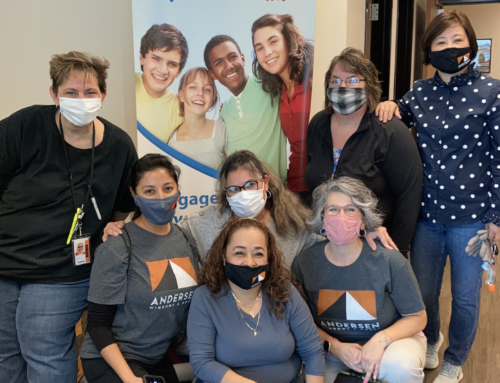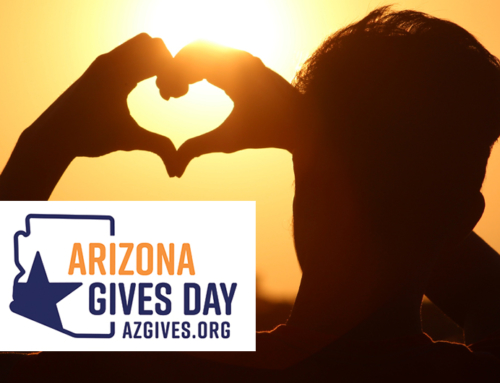How do we know the number of people experiencing homelessness?
Homelessness can take many forms. A 17-year-old is staying on the couch at a friend’s house after being kicked out. A family is doubled up with a neighbor after being evicted. A mom and her two children are staying in transitional housing for survivors of domestic violence. A family of six is staying in a long stay motel because they had no other options. While each is different, they are all forms of homelessness experienced by youth in Arizona and in other communities across the nation.
A recent article from NPR addresses the difficulty in capturing an accurate count of people experiencing homelessness in any given area. While individuals and families staying in transitional housing and shelters can be visible and easier to count, understanding the number of people who are experiencing other forms of homelessness can be a challenge. Couch surfing, doubling up, and staying in long-stay motels are forms of hidden homelessness. People experiencing hidden homelessness are not counted in government counts, because gathering that information is extremely difficult. Not including these people in counts make it harder to provide appropriate support.
Barbara Duffield, the executive director of SchoolHouse Connection, explains, “Most families and youth that are homeless aren’t in shelters, they are not on the streets, they’re going from place to place. Identifying is so important because if we don’t know who is experiencing homelessness, then we can’t make sure they have the resources they need.”[1]
Identifying people experiencing homelessness can be even more difficult due to differing definitions of homelessness used across the US government. The Department of Housing and Urban Development (HUD) has a narrow definition of homelessness, indicating that only people living in shelters, transitional housing, or on the streets are considered homeless and qualify for services. The Department of Education, alternatively, utilizes the McKinney-Vento Act to form its definition, which includes all forms indicated by HUD, but also youth who are doubled up or couch surfing. These different definitions can mean an individual experiencing homelessness is eligible for services from one government agency but not another, and may not be considered homeless in government counts.
Without an accurate count of the youth, families, and individuals experiencing homelessness, it is difficult to connect them with the necessary support and resources they need to stabilize and lead healthy, productive lives.
HYC’s partnership with schools to identify youth uniquely positions us to work with youth experiencing hidden homelessness. While government counts may only measure individuals in transitional housing programs or on the street, HYC is equipped to support all youth experiencing homelessness wanting to attend school in our community. HYC works with youth who are couch surfing, doubled up, in long stay motels, and at transitional housing struggling to attend school. Learn more about the youth we serve here.
Interested in learning more about the challenges facing agencies and experts to collect accurate information on homelessness? Check out NPR’s full article here.
[1] Beiner, Camila. “Homeless Youth and Children Are Wildly Undercounted, Advocates Say.” NPR, 15 Feb. 2022. https://www.npr.org/2022/02/15/1073791409/homeless-youth-and-children-are-wildly-undercounted-advocates-say






